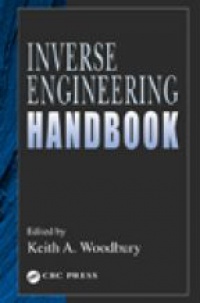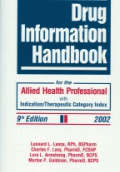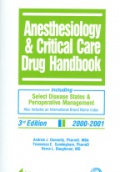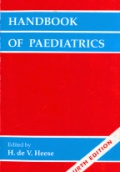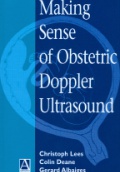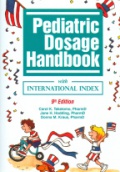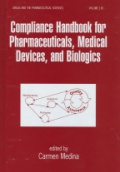
Inverse Engineering Handbook
ISBN: 0849308615
Vydavatelství: CRC Press
Rok vydání: 2003
Nárok na dopravu zdarma
" Provides full details on a variety of inverse problem-solving techniques
" Presents methods in a form that allows easy implementation
" Includes examples and algorithms for the future times, mollification, and adjoint methods
" Addresses the calculation of sensitivity coefficients, which offer tremendous insight into the process being studied
" Includes a chapter on designing experiments that support inverse analysis
Inverse problems have been the focus of a growing number of research efforts over the last 40 years-and rightly so. The ability to determine a "cause" from an observed "effect" is a powerful one. Researchers now have at their disposal a variety of techniques for solving inverse problems, techniques that go well beyond those useful for relatively simple parameter estimation problems. The question is, where can one find a single, comprehensive resource that details these methods?
The answer is the Inverse Engineering Handbook. Leading experts in inverse problems have joined forces to produce the definitive reference that allows readers to understand, implement, and benefit from a variety of problem-solving techniques. Each chapter details a method developed or refined by its contributor, who provides clear explanations, examples, and in many cases, software algorithms. The presentation begins with methods for parameter estimation, which build a bridge to boundary function estimation problems. The techniques addressed include sequential function estimation, mollification, space marching techniques, and adjoint, Monte Carlo, and gradient-based methods. Discussions also cover important experimental aspects, including experiment design and the effects of uncertain parameters.
While many of the examples presented focus on heat transfer, the techniques discussed are applicable to a wide range of inverse problems. Anyone interested in inverse problems, regardless of their specialty, will find the Inverse Engineering Handbook to be a unique and invaluable compendium of up-to-date techniques.





